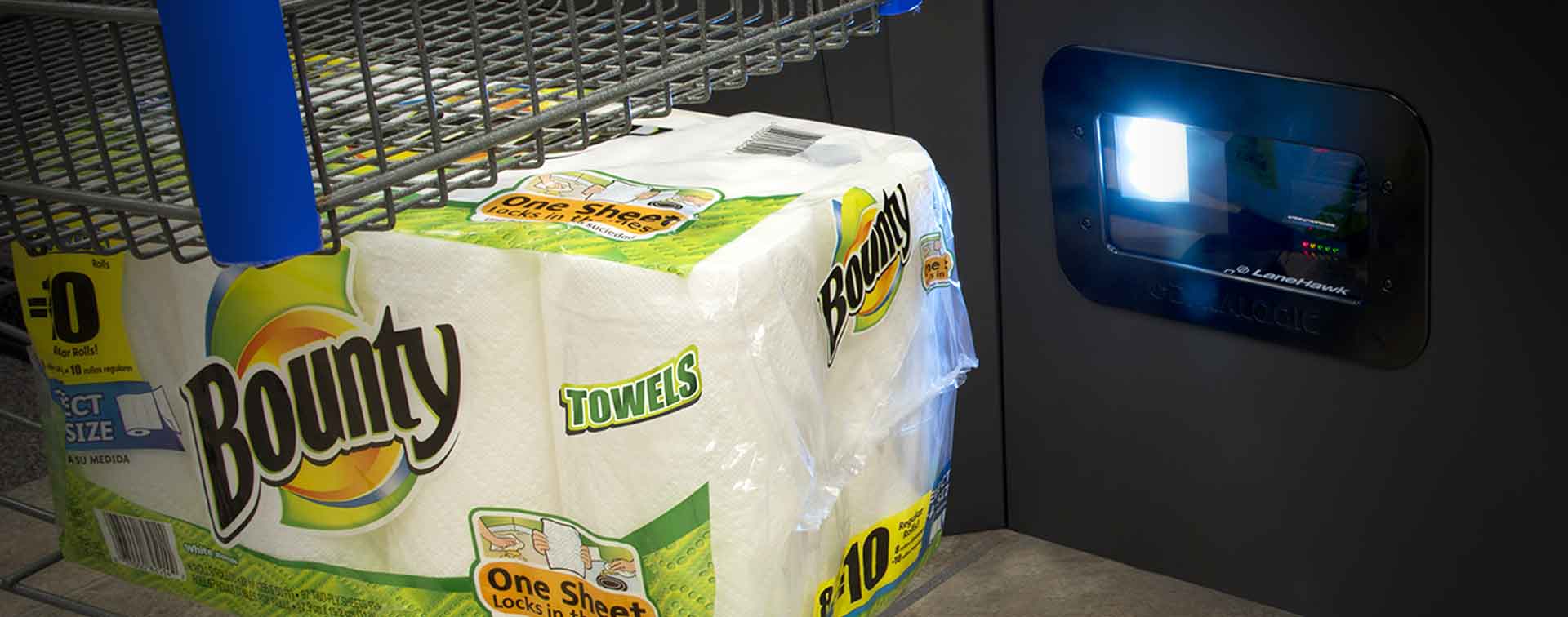
Checkout Loss Prevention: large item scanning & bottom of basket
Checkout Loss Prevention: large item scanning & bottom of basket
In the world of retail, checkout loss prevention is a critical aspect of operations. Retailers face the constant threat of checkout error (theft), especially with the advent of self-checkout systems. Customers can bypass traditional security measures, leading to a rise in self-checkout theft and fraud. This puts immense pressure on retailers to ensure they have effective loss prevention systems in place to safeguard their lost revenue and the reputation of the business. Here we discuss the importance of checkout loss prevention and provide insight into how to prevent theft at self-checkout. We examine Large Item Scanning and Bottom of Basket strategies, as well as some of the emerging technologies in self-checkout loss prevention systems. Retailers should also focus on educating customers about the importance of checkout honesty to reduce the incidence of theft. Installing security cameras and increasing staff presence in the checkout area deters potential thieves. Properly training and incentivizing employees to be vigilant is an effective strategy against checkout theft. Ultimately, the cost of implementing effective loss prevention strategies is likely to be lower than the potential losses from checkout theft, making it a very worthwhile investment for retailers.
THE IMPORTANCE OF CHECKOUT LOSS PREVENTION
Checkout theft is a significant problem in retail, and occurs in a variety of ways, one of which involves the manipulation of product barcodes. This method involves switching the barcode of an expensive item with the barcode of a less costly one in order to receive a discount at the checkout. Another type of checkout theft involves the use of fraudulent voucher codes or coupons that are not valid. This method can result in a discount that the customer is not entitled to. A third common method of checkout theft is when customers leave the store with items that have not been paid for. This happens in a variety of ways, including pretending to scan an item or simply walking out of the store without paying. Retailers are particularly at risk of losing cheaper items to theft, which may not seem like a significant loss, but can have a considerable impact on their bottom line over time. As well as financial loss, retailers must also consider the cost of combating checkout theft, including hiring additional staff to manage checkout lanes and monitor suspicious behavior. These additional financial and labor costs further impact store profitability by affecting customer experience. Customers will suffer longer wait times due to the implementation of additional security measures, such as increased surveillance and bag checks. This will only lead to frustration and dissatisfaction with the shopping experience and retailer reputation.
PREVENTING SELF-CHECKOUT ERRORS (THEFT)
One way to prevent self-checkout theft is to utilize Large Item Scanning. This involves scanning items that are too large to fit in the bagging area before the customer begins scanning other items in the grocery store, ensuring that all items are scanned and paid for. Another way to prevent self-checkout theft is to use Bottom of Basket scanning. This requires customers to empty their entire basket or cart and scan all items, including those at the bottom of the basket or cart. Using this method helps prevent the common tactic known as the “banana trick”, in which shoppers place high-value items at the bottom of their basket and only scan the cheaper items placed on top.
EMERGING TECHNOLOGIES IN CHECKOUT LOSS PREVENTION
As technology continues to advance, there are several emerging technologies changing the way retailers approach checkout loss prevention. Stoplift Checkout Vision Systems is a loss prevention system that uses real-time video to monitor the checkout lane for theft. Video or other surveillance is used to detect unusual behavior, such as a customer trying to conceal an item or bypassing the scanning process. This technology alerts store personnel to intervene and prevent theft. External shrinkage is another method that retailers can use to prevent checkout theft, whereby a conveyor belt is used to move items from the checkout lane to the bagging area. In addition, retailers can use checkout kiosks to reduce the risk of theft, as these kiosks are equipped with sensors that detect any suspicious behavior.
CONCLUSIONS
With the alarming rise of self-checkout theft and fraud, retailers must be vigilant in preventing theft. Retailers who invest in effective loss prevention systems will improve their reputation, customer experience, and increase their revenues whilst avoiding the need to press charges or deal with negative social media feedback. Employee training plays a critical role in preventing checkout theft and helps them recognize and respond to any suspicious behavior. Another strategy is to increase the visibility of the self-checkout area to deter potential thieves by using new technologies such as RFID tags and facial recognition software. Retailers should consider implementing more frequent inventory checks and audits to help detect and prevent theft.



